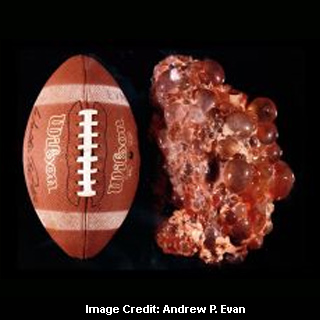
A rat model with similar genetic mutation as that of human PKD was used in the two independent experiments. Pioglitazone treatment regimen apparently reduced the growth of kidney and liver cyst by disallowing a chloride channel to enter in the cells of these organs. Generally pioglitazone may make the body more sensitive to its own insulin. In the current research, it was highlighted that this class of drugs also inhibits a chloride channel. Since it avoids a chloride channel to the cells of kidneys and cyst, pioglitazone presumably helps treat PKD.
Patients diagnosed with PKD may have excessive chloride and water being transported into the cysts of the kidneys and the liver. Due to extreme presence of chloride and water, the liver supposedly expands. While a normal kidney is the size of a fist, polycystic kidney is probably as big as a football. Therapy options are very few for PKD and organ transplantation seems to be the most common treatment. Bonnie L. Blazer-Yost, Ph.D., professor of biology at the IUPUI School of Science and corresponding investigator, and colleagues believe that pioglitazone halts cyst progression and can be an effective a treatment for the chronic ailment. Further investigations will be undertaken on other animal models of PKD for affirming the results.
The research is published online in the journal PPAR Research.
